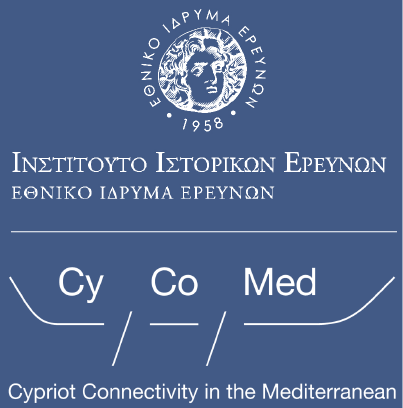Paphians outside Paphos. Inscriptions in the Paphian Syllabary found outside Cyprus.
DrAgnieszka Halczuk
Université Lumière Lyon 2
The City-Kingdom of Paphos is characterized by a long writing tradition that dates back to the Late Bronze Age. Between 1600 B.C. and 900 B.C. a writing system called Cypro-Minoan was attested on the island. At some point perhaps around the Late Bronze Age or Early Iron Age, the Greek language started to be used on Cyprus. The Cypro-Minoan script was therefore modified in order to record this new language. The site of Paphos yielded few but significant documents that can be interpreted as transitory between Cypro-Minoan and Cypro-Syllabic. Those texts from 10th and 9th centuries B.C. reflect to some extent the modifications that the Bronze Age script underwent before it finally became what we call today the Paphian syllabary.
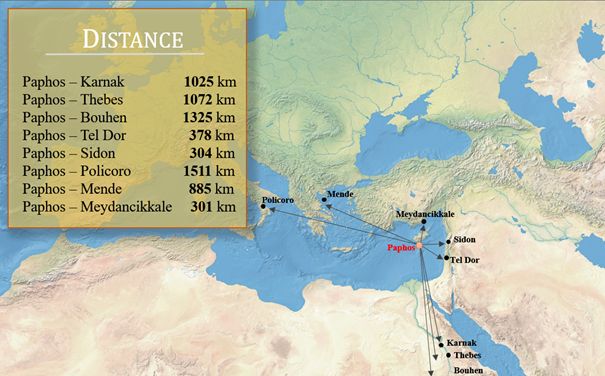
Fig. 1 – Geographic distribution of the Paphian inscription in the Mediterranean
Over 500 syllabic inscriptions were uncovered on the territory of the ancient City-Kingdom of Paphos. This abundant epigraphic material enabled to identify a local version of the Cypriot script, known as the Paphian syllabary, which differs to a great extent from the so called Common Syllabary used in the rest of the island. Three variants of the Paphian writing system can therefore be distinguished. The Old Paphian was used essentially in texts dating from the 6th c. B.C., the Middle Paphian evolved in the 5th century B.C. and the Late Paphian developed during the last quarter of the 4th century B.C. under the rule of Nicocles, the last king of Paphos. Each of these variations has its own particular sign repertoire that allows to date the inscription to a precise historical period. It is worth mentioning that the Middle Paphian is sometimes called into question due to the limited number of inscriptions attesting this variant.
As far as Paphian inscriptions discovered outside Cyprus are concerned, they are very scattered. They were found in various countries, from as far as Italy in the west to the Levantine coast in the east, and from Cilicia in the north to Nubia in the south. Those texts are a proof of long-distance travels of ancient Paphians as well as of the circulation of objects inscribed with Paphian characters.Similarly to the geographical scattering, the inscriptions are stretched over time. The oldest examples are contemporary to the advent of the Paphian syllabary. Two ownership marks incised on SOS amphorae date back to the Cypro-Archaic Period. The Classical era yielded the most significant number of inscriptions originating mostly from Egypt. Lastly, the 3rd century B.C. coin legend from Meydancikkale attests that Paphian writing continued to be used after the abolition of the Cypriot City-Kingdoms by Ptolemy Soter. Furthermore, the corpus of Paphian syllabic inscriptions found outside Cyprus is diversified in terms of supports, types of inscriptions and paleography. The inscriptions appear on ceramic vessels, bones, coins, seals, marble stelae and on the temple walls. In most cases we are dealing with simple signatures, sometimes also with a patronymic. Other types of inscriptions are also attested, though. They can be divided into three groups: votive inscriptions, graffiti and ownership marks.
Dedicatory inscriptions were found exclusively in the ancient Phoenicia. The sites of Sidon and Tel Dor yielded two examples of votive documents – one inscribed on a fragment of scapula of a large mammal and another on a marble stela. Both inscriptions are fragmentary and information can be retrieved. Neither of those two document mention the name of the deity honored by the Paphians.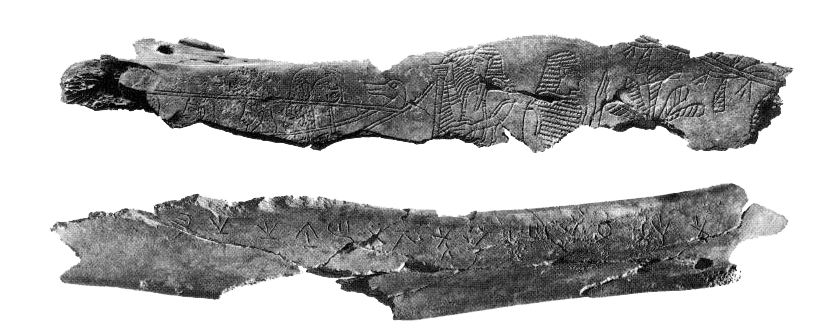
Fig. 2 – Tel Dor inscription (Stern 1994, p. 1, fig. 1)
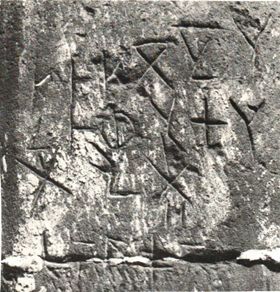
Fig. 3 – Exemple of the Karnak Graffiti (Masson 1981, pl. 4)
As for the ownership marks, they appear on different kinds of objects. Two SOS amphorae found in Policoro (Italy) and in Mende (Greece) are particularity interesting as they carry almost identical inscriptions. Both texts are too incomplete to draw any final conclusions but it is plausible that they belonged to the same person whose name began with the element “themi”. Two more Paphian ownership marks were discovered on the objects originating from the Near East. A silver coin struck by Ptolemy Soter bears a syllabic inscription indicating the owner of this object: Raphael. The precise origin of the agate seal inscribed with the Paphian syllabary is unknown. The inscription is difficult to read and interpret. However, we can safely assume that it contains the owner’s name, probably Diweiphilos.
This small but significant corpus of Paphian inscriptions found outside Cyprus raises some important questions concerning the local writing practices, the circulation of people and objects and finally the levels of literacy of ancient Cypriots.
In order to understand who was able to write it is important to determine where the inscription was elaborated. In some cases we can answer that question. For instance, Egyptian and Nubian graffiti were certainly inscribed in situ. Votive inscriptions from ancient Phoenicia were most probably elaborated there as well. However, it is impossible to state where the ownership marks were engraved. The syllabic inscriptions could have been incised while the objects travelled through Cyprus but we cannot exclude the possibility that the texts were written abroad, for example by a literate merchant.That brings us to the question of the authors of the inscriptions. It can safely be assumed that the graffiti from Karnak were written by the Cypriot soldiers themselves but what about the other documents? Were they incised by a stone cutter or a scribe or the Paphian traveler himself? And what for? One can argue that votive inscriptions were consecrated in order to honor local deities and the graffiti to mark the presence of Cypriot soldiers in the foreign land.
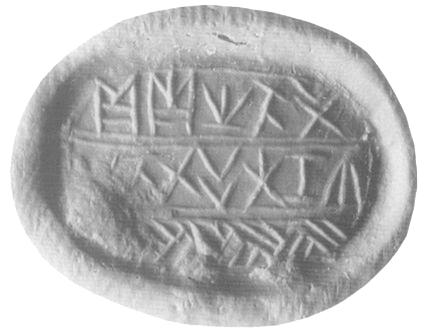
Fig. 4 – Example of an ownership mark on a seal (Egetmeyer 2001, pl. II)
The 4th century B.C. graffiti from Karnak show that mercenary soldiers, for whom writing is unlikely to have been a specialist activity, not only could write but also were interested and proficient enough in writing to observe particular writing customs and even to experiment in different writing systems. It also gives us a valuable indication that levels of literacy in ancient Cyprus may have been slightly higher than we might guess from most other surviving inscriptions. However, we cannot exclude that their knowledge of the script was limited to marking their name and city of origin.
To conclude, the corpus of Paphian inscriptions found outside Cyprus is chronologically and geographically scattered. Even though the number of those foreign inscriptions is small, they provide valuable information concerning writing practices outside Cyprus and they reflect the importance attached to the use of the local script. Despite the fact that writing was used in different contexts outside the island it is safe to assume that traditional Cypriot formulas were applied. Moreover, we might observe that Paphian pilgrims travelled to foreign sanctuaries where they made dedications to local deities in their mother tongue and local writing system. Finally, some conclusions regarding the levels of literacy in ancient Cyprus may be proposed. The aforementioned graffiti from Karnak clearly show that Cypriot mercenary soldiers were familiar to writing and used it with much proficiency. Moreover, we can assume that the Cypriot syllabary might have been used to mark Cypriot and more precisely Paphian identity in the foreign lands.
Bibliography
Egetmeyer, M. 2001. “Sceau chypriote.” Sceaux du musée d’Adana Anatolia Antiqua 9:18-20.
Masson O. 1983. Les inscriptions chypriotes syllabiques. Recueil critique et commenté. Paris : De Boccard.
Masson O. 1971. “Les Chypriotes en Égypte.” Bulletin de la Société Française d’Égyptologie 60:28-46.
Masson O. 1981. Les graffites chypriotes alphabétiques et syllabiques, In La chapelle d’Achôris à Karnak, edited by C. Traunecker, F. Le Saout & O. Masson, 53-71. Paris: Éditions ADPF.
Masson O. 1982. “Pèlerins chypriotes en Phénicie (Sarepta et Sidon).” Semitica 32:45-49.
Masson O. 1989. “Les graffites grecs et chypriotes.” In Le trésor de Meydancikkale (Cilicie Trachée, 1980), edited by A. Davesne & G. Le Rider, 351-361. Paris: Éditions Recherche sur les Civilisations.
Stern E. 1994. “A Phoenician-Cypriot Votive Scapula from Tel Dor: A Maritime Scene.” Israel Exploration Journal 44:1-12.